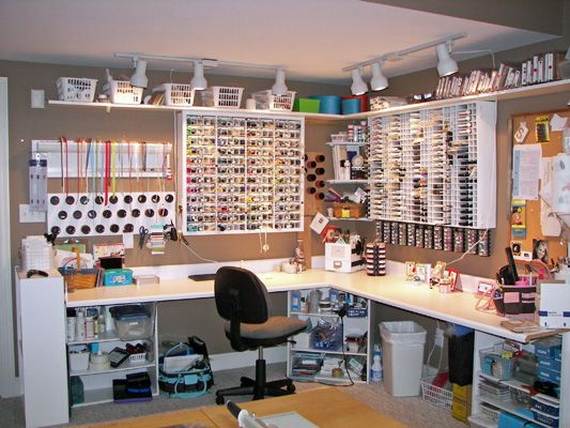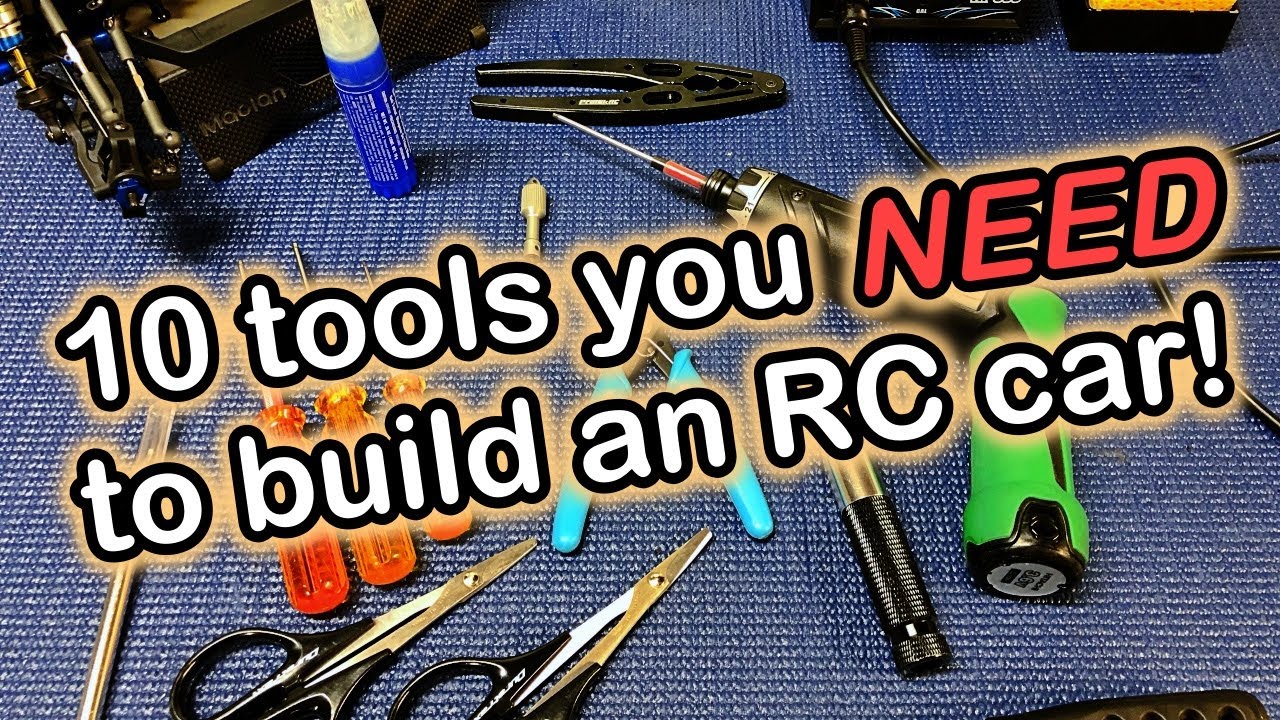
Knitting casting on may be a term you have seen in knitting. This refers to adding stitches to your knitting without using the ones you already have. It has a lower edge that is independent of the upper one, as its name suggests. You can cast on or block. You will be able to cast on a stitch if you've done it before. Follow these easy instructions if knitting is new to you.
Loop cast-on
A knitting loop cast-on is a technique that creates a stitch by drawing up the working yarn from the centre of the knitting loop. This is the easiest method to add stitches to your knitted project. It's ideal for creating seamless toys and top-down mitts. This technique is great for working with centre-out blankets, shawls, and other knitted items. You can use a loop cast-on with any size needle. Make sure to choose the right size.
The cast-on of the disappearing loop is more bulky than other castings and is comparable to crochet's magic circles. First, make a loop using your work yarn. Next, cross the short end of the ball end with the working yarn. If you knit, the loop will disappear. Use your fingers to hold the work yarn. Start knitting after creating the loop. You can then continue with your piece.

German Twisted Cast-On
If you are new to knitting, you might be wondering what the difference is between a normal cast-on edge and a German Twisted cast-on edge. German twisted cast ons are knit using a circular needle. They are known for having a stretchy edge. Without following certain steps, it can be difficult to achieve the perfect cast-on edge. This article will clarify the difference between a German twisted cast on edge and a standard one and help you to understand them both.
The German twisted casting-on, also called the Old Norwegian casting, is a good alternative to the standard long-tail cast. It's more stretchy than the traditional long-tail cast-on and great for projects that have to stretch like top-down socks. If you are able to perform a German twist cast-on, you can use the long-tail casting method. The easiest way to learn how it works is to place the yarn on your needle, and then hold it in the slingshot.
Cast-on of long tail
A long tail knitting cast-on is the same as a traditional cast-on, but it can be more versatile. It can be used to do double knitting or colorwork. We will be exploring the many uses this technique has. It is essential to have an understanding of the basics behind knitting in order to get started with this technique. It will soon become your favorite method for casting many stitches once you have mastered it.
A long tail casting-on is the preferred method for starting a knitting project. This uses a circular needle, which is held in one hand. It can be difficult to determine how much yarn you need, so make sure to accurately measure. It is a good rule to cast on 3x the width of your project plus 6inches / 15cm. You should count how many stitches you need to make your calculations about the yarn you should use.

Cast-on backward loop
A handy method to add stitches to the middle row is to use the Backward loop cast on. The tail from the yarn closest to your work should be twisted to form a loop (e) at the back of the stitch. Start at the lower right corner and work your way up to the upper left corner. Then knit the st just like any other stitch.
If you are making 1 via backward-loop cast-on, there may be a small hole in your knitting. This is normal. You will need to tighten your newly formed stitch using working yarn. This is an excellent choice for knitting socks with an underarm seam or mittens using a backward loop cast on. This cast-on is not good for adding more than a handful of stitches, as it tends loosens the join. Instead, you can replace the backward loop cast-on with M1 increases.
FAQ
What are your top hobbies?
Your favorite hobbies are ones you enjoy. It will be easier to continue doing what you love if you are passionate about your work. It will also be easier to find a reason to stop feeling tired or sick.
Hobbies that we all know and love include gardening, painting and crafts, photography, cooking, sports and games, reading, music, film-making, collecting, cycling, walking, dancing, writing, playing instruments, etc.
Consider volunteering at your local animal shelter, charity shop, hospice, children's hospital or hospice, elderly care home, school center, church, or community center.
Suppose you're looking for something more adventurous. Try scuba diving, rock climbing or parasailing.
There are many other ways to spend time outside. These include caving.
How can I get started in my new hobby?
It is important to choose the type of hobby you want to start.
Passion is key once you have chosen your topic.
It is crucial to know why you want to pursue a hobby. This will help give you direction and provide a purpose.
After you have decided on the type of hobby you want to pursue, it's time to start planning.
Think about what equipment you'll need to purchase.
Consider whether classes or seminars are necessary.
Make sure that you have enough space in your home for your hobby.
Consider joining a club, or group. These groups can offer support and guidance.
Finally, think about how much money you would need to spend on your hobby.
What are observation hobbies?
Observation hobbies allow you to observe others doing the same thing. They might include watching sports, reading books, going on holiday, etc. It could also include observing others.
You can learn creativity through observation hobbies. This knowledge will be useful later in your work for others and yourself.
You'll find that if you're interested in something, then you'll have an easier time learning about it.
If you are interested in learning more about football, for example, you might watch a match or read a book. You could visit or take part in exhibitions if you are interested in learning more about photography.
If you love to play music, there are two options: either buy a new guitar online or follow along with the songs.
If you love cooking, you can either cook your meals at home or order from a local restaurant.
If gardening interests you, you could plant vegetables or flowers.
If dancing is something you enjoy, join a dance class.
If you enjoy painting, you might paint pictures.
If you like writing, you could write stories or poems.
Drawing pictures is a great hobby.
If you're passionate about animals you might consider working at a Zoo or looking after their pets.
If you like science, you could study biology, chemistry, physics or maths.
History lovers can watch films, read books or listen to podcasts.
If you like traveling, you could travel abroad or explore your local area.
Where can you find free resources that teach more about hobbies and interests?
Many websites are dedicated to helping people find new hobbies.
Here are some of our favorite:
www.trythisathome.com - This site provides a list of over 100 different hobbies. It also offers information on how each one can be started.
www.hobbyfinders.org -- This site provides a searchable database of thousands upon thousands of hobbies that you can browse by skill level, location and interest.
www.indiebazaar.co.uk - IndieBazaar is an online marketplace designed specifically for independent artists and musicians. You will find hundreds of products that range from artwork to music gear on the site.
www.pinterest.com/explore/hobbies - Pinterest is a social media network that lets users "pin" images they find interesting onto their boards. Users can organize the things they like in specific categories with boards.
www.reddit.com/r/Hobbies Reddit is another social networking platform that allows users to link to articles, videos or other content. Users can vote on which posts they think are most valuable.
Why do we need hobbies
Hobbies can be a part of your life because they provide you with time to unwind, recharge, think creatively as well as the chance to exercise, socialize, and relax. You can also learn new skills and develop lifelong interests.
Hobbies allow us to find meaning in our lives.
They are great for spending your free time when there's not much else.
And they're fun!
You probably don’t have enough time to pursue hobbies.
So take a look at all the options available to you. Perhaps you should get a hobby started today if you don’t already have one.
Statistics
- This 100% accurate personality-analyzing hobby quiz discovers your passion based on your characteristics. (quizexpo.com)
- Studies show that just six minutes of reading can reduce stress levels by 60 percent. (oberlo.com)
- The Role of the Mind in Sex, Dating, and Love: Men in the “humor” condition received phone numbers from 42.9% of the female participants and were refused 57.1% of the time. (time.com)
- Much of this decline reflects the fact that teens are less likely to work today than in the past; among employed teens, the amount of time spent working is not much different now than it was around 2005. (pewresearch.org)
- The intensity of the dialogue partners' bond at the end of the forty-five-minute vulnerability interaction was rated as closer than the closest relationship in the lives of 30 percent of similar students. (time.com)
External Links
How To
How to Choose the Right Hobby For You
You might be able tell if your hobby suits you by asking yourself questions.
-
Do I enjoy doing it?
-
Do I get pleasure from it?
-
Are you interested in continuing this hobby even after your age?
-
Are I good at it?
-
What can I do to improve?
-
Would you recommend it to others?
-
Will it bring you happiness?
-
Can it help me to relax
-
What will it do for me?
-
Can it help me to develop skills that I can apply later in my life?
-
Can it help me make new friends?
-
It will allow me to express myself creatively?
-
Do I have the opportunity to learn something new?
-
Will it give me confidence?
-
Do I feel accomplished?
-
Will it lead to financial success?
-
It will allow me to travel.
-
Is it possible to go on new adventures?
-
It will encourage me to exercise.
-
Do you think it will motivate me to do better?
-
Will it motivate me to succeed?
-
What activities will I be required to do?
-
Is it going to challenge me?
-
It could be fun.
-
It will keep me fit.
-
Will it save money?
-
It will it lower stress levels?
-
It will it stop boredom?
-
Will it free up my time?